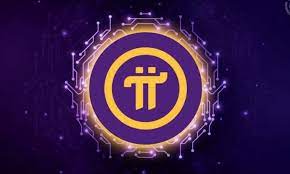Image: CryptoHIndiNews
Pi Network advises its users to trust official channels and use genuine Pi Wallet only in Pi Browser. With 14 million users verified and only 1 million left to verify, Pi Network It targets to launch its open network by December 31. However, delays and doubts about the project are still giving rise to controversies.
Pi Network Users Stay Safe
The team at the controversial cryptocurrency project, Pi Network, recently issued two important warnings to its users. Earlier, the developers advised “Pioneers” to get information only from official channels. They also provided a Dedicated Security Page, which lists all the sources and URL links that the community can reference.
Next, Pi Network reminds users to only use their Pi Wallet as specified in the Pi Browser. “Confirm that you are in the correct Pi Wallet and not a fake wallet, so that your pi coin Stay safe. “The genuine Pi Wallet can be identified by the purple color in the navigation bar of the Pi Browser, which contains the Pi LOGO and the LOGO of the Core Team apps,” the warning says.
Pi Network’s increasing user numbers and security measures
Such warnings are important for projects that have a large community base and as such, they often become targets of fraudsters. Pi Network has attracted millions of users over the years, with its application recently hitting the milestone of 100 million downloads.
The project has a strong presence in Asia, where China, South Korea, Japan, Malaysia, Vietnam, India, Singapore etc. have become key destinations.
Recently, Wu Blockchain revealed that Pi Network has reached 1.34 million users in South Korea. Only two local Crypto-Related Entities, popular exchanges Upbit (4.36 million) and Bithumb (2.24 million), have more users. Moreover, this figure is even higher than the domestic customer base of major crypto exchanges like Binance and Coinbase.
Conclusion
Pi Network has issued important warnings to keep its growing user base safe. Users are advised to use only official channels and genuine Pi Wallet. Despite these safeguards, doubts and delays continue to surround the project, but it maintains a strong presence in Asia.










